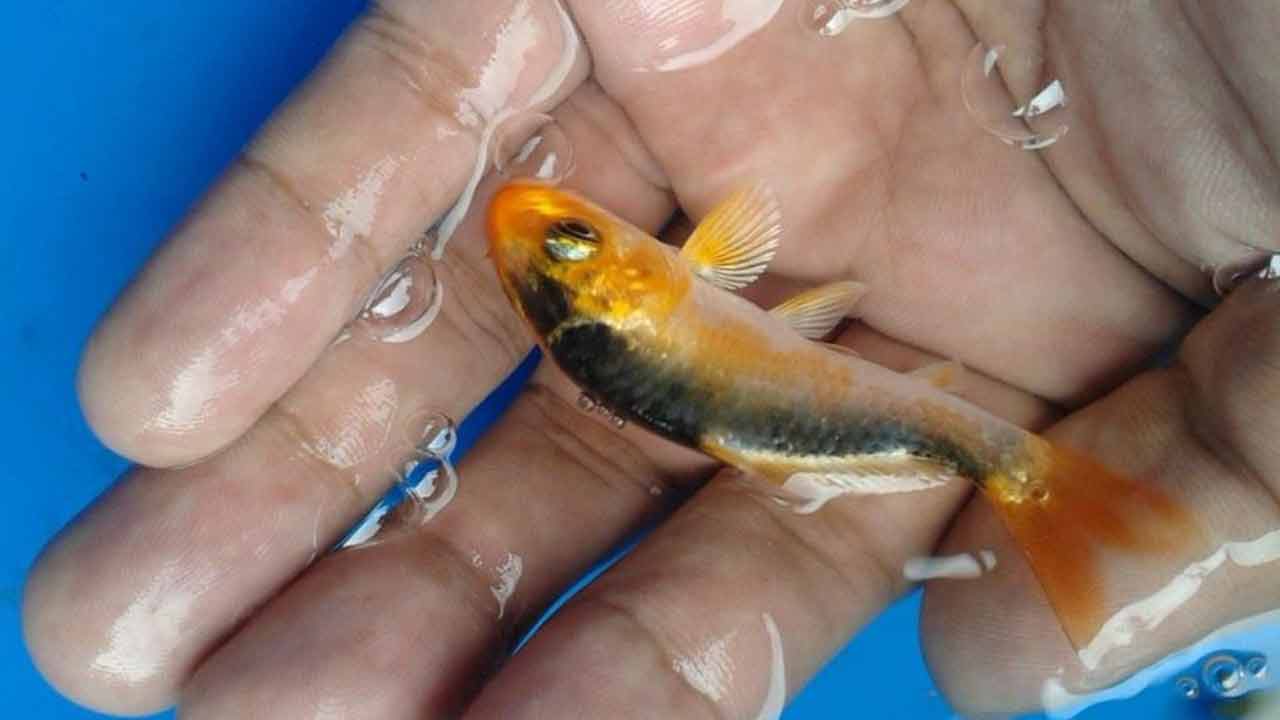Know your Baby Fish and Care for Them
Rising young fish effectively requires a lot of hard effort, which can be managed a bit more via easy recommendations.
For many species, keeping fertilized eggs and freshly born or fried fish apart from adults is essential. Some fish consume their own newborn, some eat other species' young. Keeping fish eggs and fry separately with adult fish may offer them a greater chance of survival.
Use the water from the original tank when transferring the broth to a second tank. Don't use the net to scoop young fish, use a cup instead. This prevents them from being affected by the net mesh.
Some adult fish are guardians. If you observe a fish protecting its nest from other fish, the parents may be kept in the same tank as the fry. Fish that were born via live birth are usually better separated from their parents.

Young fish are more likely to get infected and ill than adult fish, so make sure their tanks are kept correctly. This means regularly changing the water, maintaining neutral ammonia and nitrite, and putting a certain amount of gravel from the parent tank into the fry tank may assist balance the levels of nitrogen. According to Fishlore, the tank should be cycled and the water tested before frying is added. Finally, you may have to turn it down in the fry tank if you have a powerful aeration system. Too much water agitation may damage the little fish. You don't want a strong flow to suck the fries into the filter.
Step by Step Instructions to care for your baby fish.
Do not worry if you find baby fish in your aquarium! Remove any adult fish to prevent them from eating the young, or transfer the baby fish to a different tank where they may develop in a safe environment.
Here are 10 steps you can follow to do better care and grow your baby fish.
Step 1-
Step 2-
Step 3-
Step 4-
Step 5-
Step 6-
Step 7-
Step 8-
Step 9-
Step 10-
So now that you've successfully hatched your fish, the difficult part is gone - right? Unfortunately, it was never that easy with fish, and now that the eggs have hatched, you're not only responsible for providing near-perfect water conditions for them — you're also responsible for feeding them.
And feeding them will not be simple. Unless the fry is live-bearing fish, their mouths will be much too small to consume any flake or pellet food that you may have available. As a result, you'll need to purchase some food, especially for the fry. The good news is that there are many food kinds to select from, and many shops now sell food made especially for frying.
How long do baby fish need to be separated?
Keep them apart until they are large enough not to fit into one of the adult fish mouths. If I look at some of the development rates of certain fry I read at least 4-5 weeks. Good to good water conditions should help foster healthy development.
How long does baby fish take to grow?
Baby fish may be born every four to eight weeks, depending on the food, water conditions, and temperature of a healthy adult female fish. When a fish is ready to be born, place it into a separate breeding tank of 5 to 20 gallons. Remove it from the breeding tank after the fish releases the fry. Once the fry has outgrown the danger of being eaten, it may be placed into the common tank for around 6 weeks. Feed the fry baby fish food, baby shrimp, or flake fish food of crushed grade.
Can baby fish live without a filter?
Baby fish may live without a filter for a few days. On the other hand, If you are extremely cautious not to feed too much, why not simply use a sponge filter to avoid damage to the Baby fish? This keeps the tank purified and keeps the filter cycling.
Can baby fish survive without a heater?
Yes, Certain fish can live in colder waters. Certain species are highly sensitive to temperature, such as angelfish, which we don't believe would live. And fishes like guppies and neon tetras could live without a heater for a few days. So in general, you have to set the best temperature for your freshwater aquarium for a healthy environment.
What if you've been surprised by the birth of a new fish in the Tank?
If you see a baby fish in your aquarium and you do not have an additional tank or equipment to put it up for young fish. You may buy separators to separate the fry from adult fish. These may be called breeders, breeding mesh, or box nets. The dividers are constructed from fabric mesh, which separates the fry from adult fish yet enables sufficient water flow and minimizes the necessity for a second tank. Furthermore, breeders can avoid the fry from being shocked by a new tank. In their habitat, they may flourish better as long as they cannot become fish food.
Final concluding and Advice:
The successful breeding of a fish may be challenging. If enough food and care are given to your baby fish, a healthy family of baby fish may be raised by any aquarian. When fish decide to breed, particular attention must be paid to the frying of fish. Giving them a separate tank to baby fish is generally a good start. Make sure you understand your species' requirements. This will assist you to properly set up your tank. Some fish prefer hard water, for example, to soft water, various species flourish at various temperatures and more. Check through our archives of articles on fish care to cover your breed's requirements.